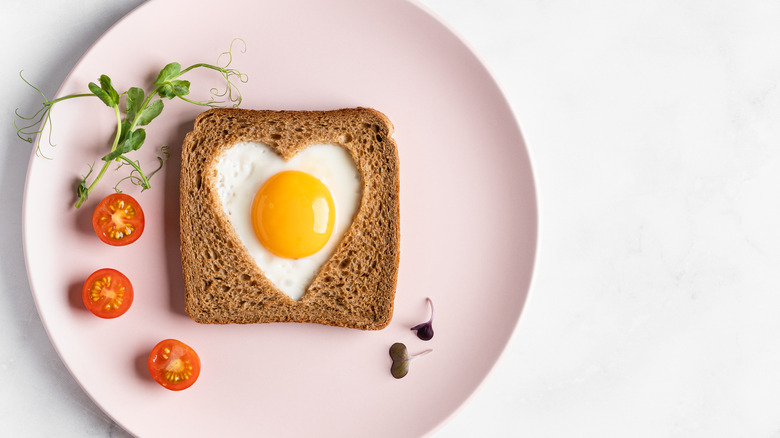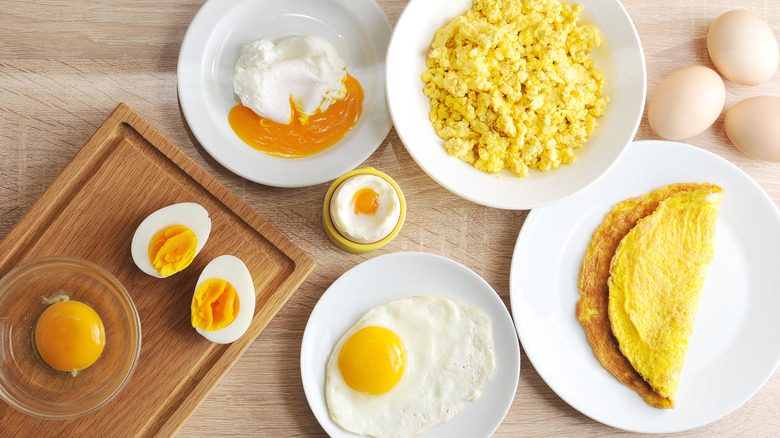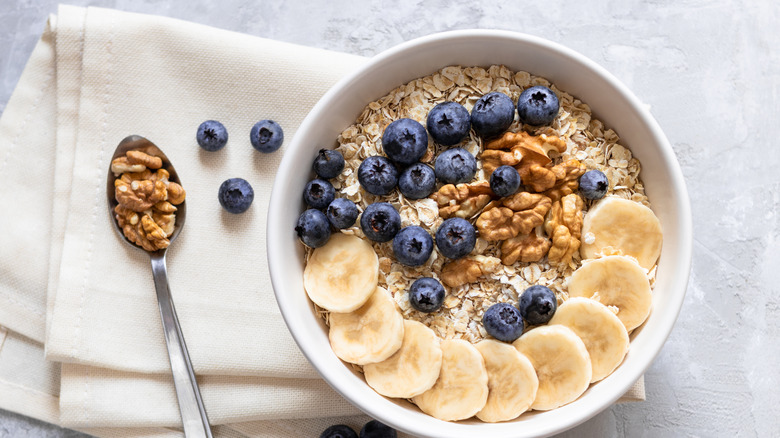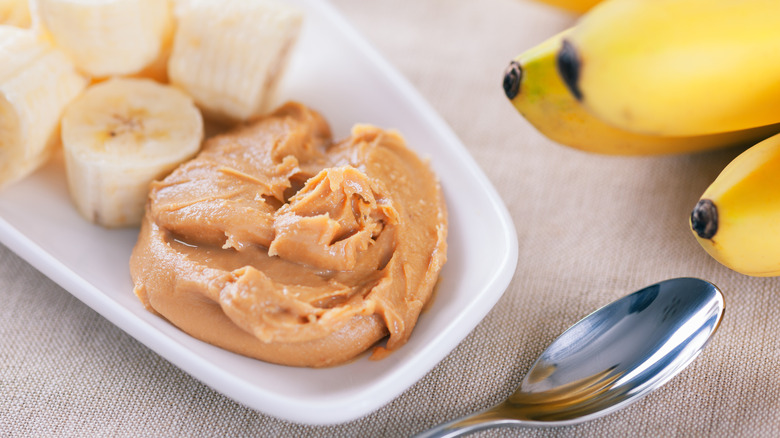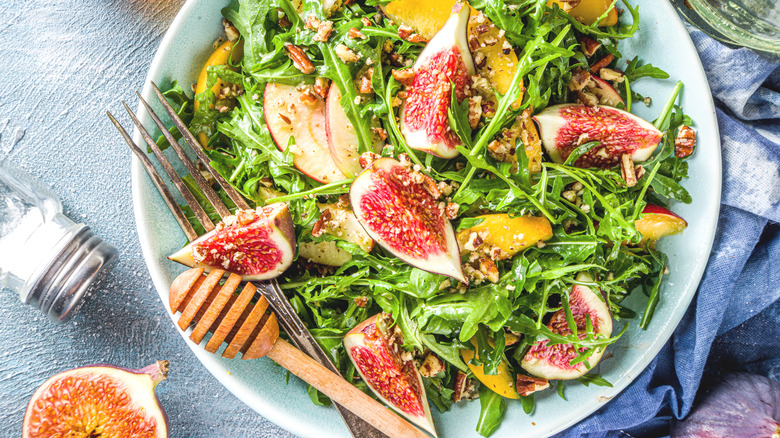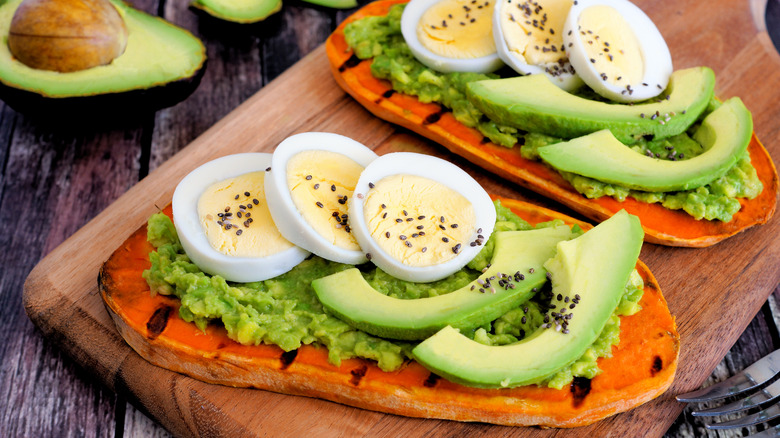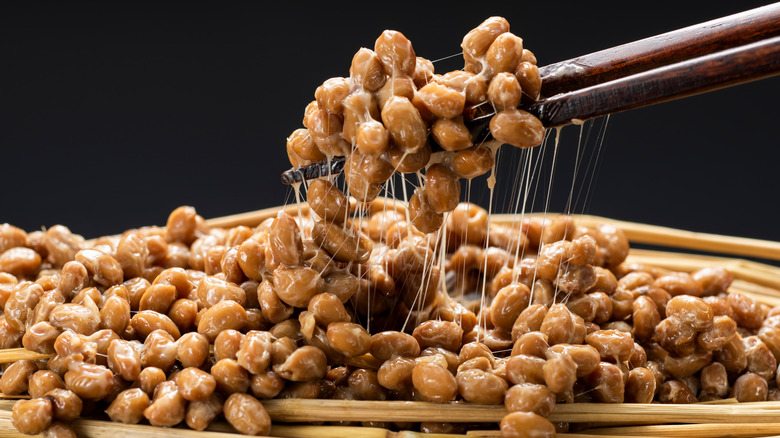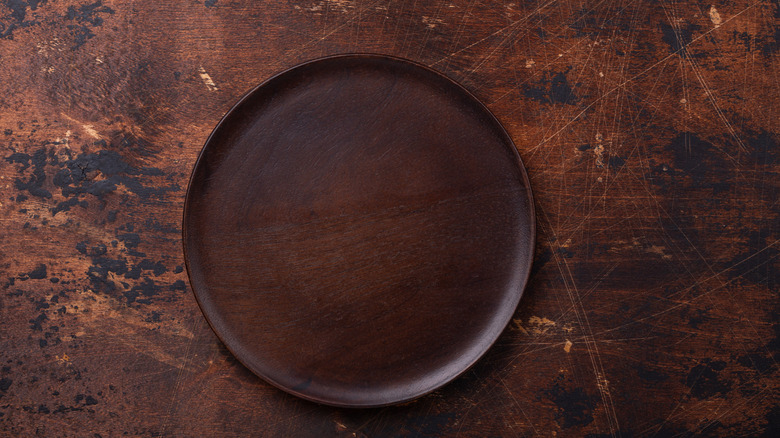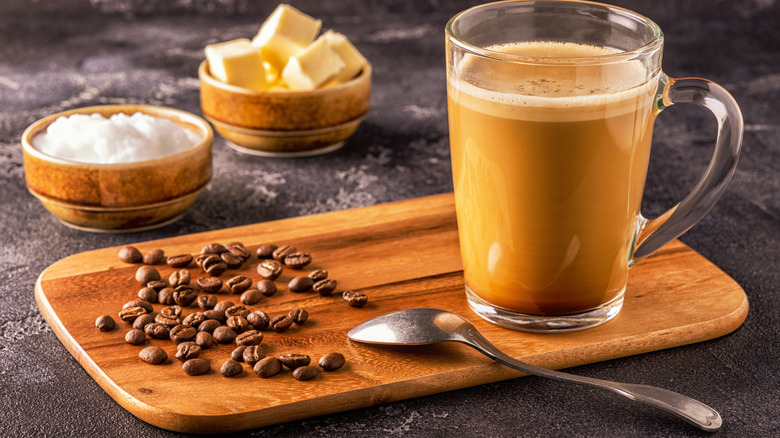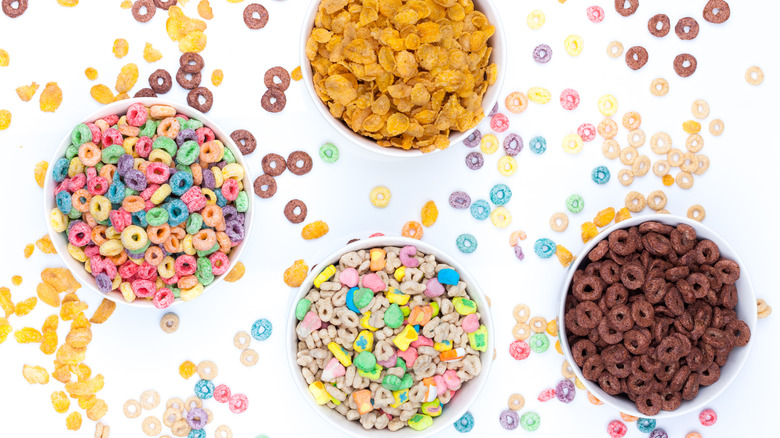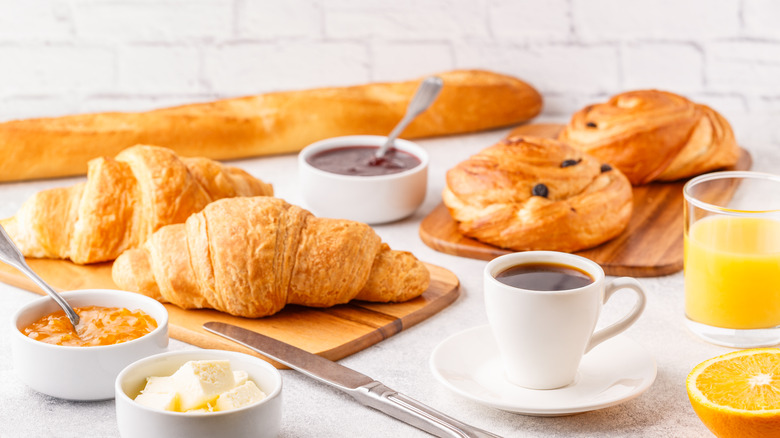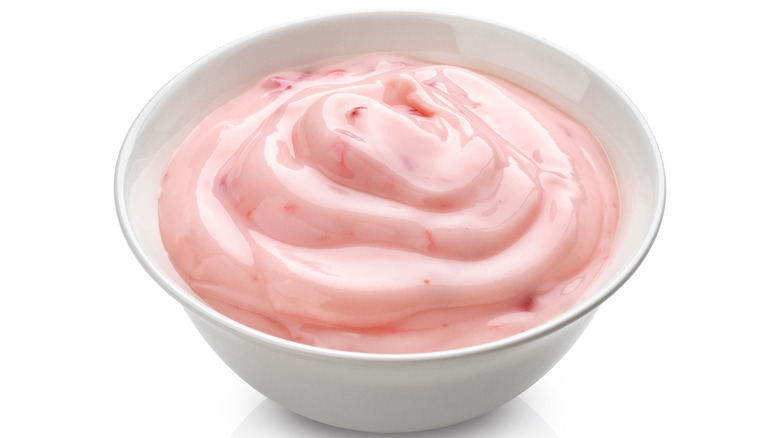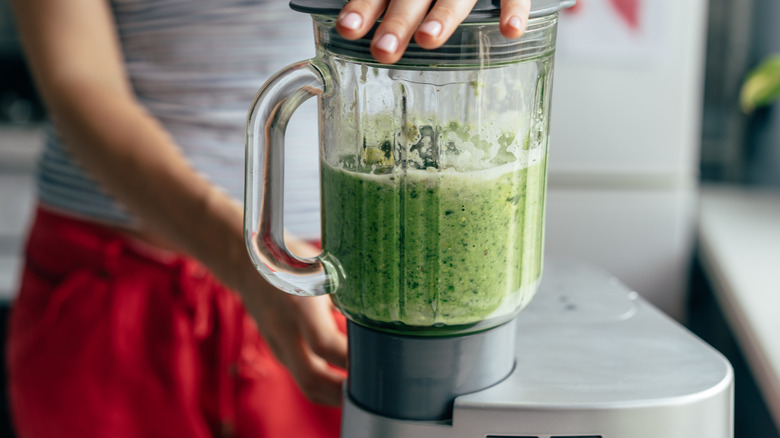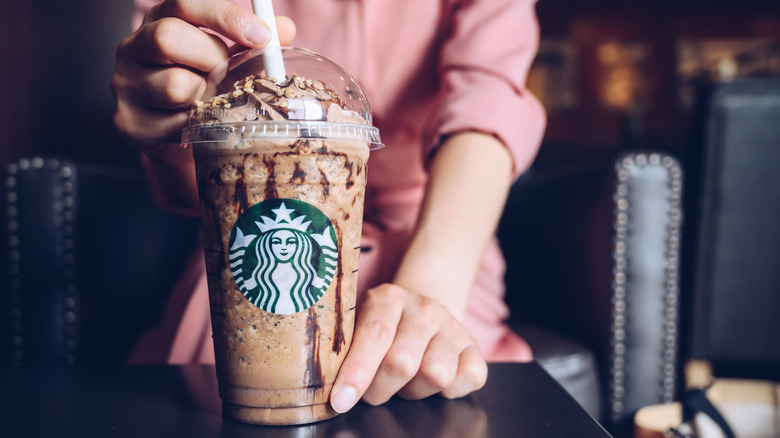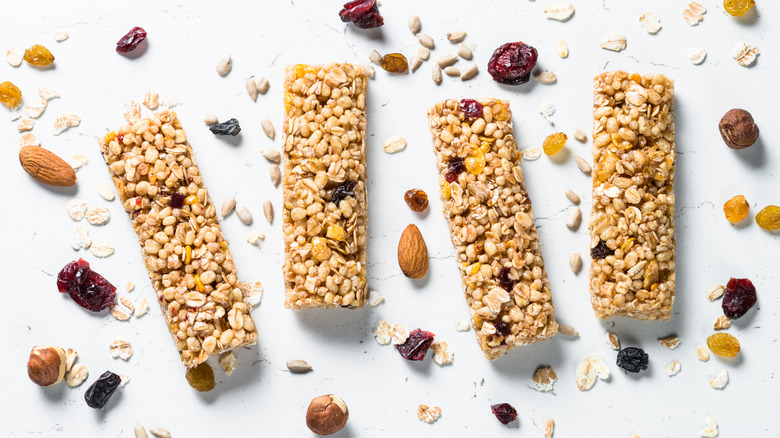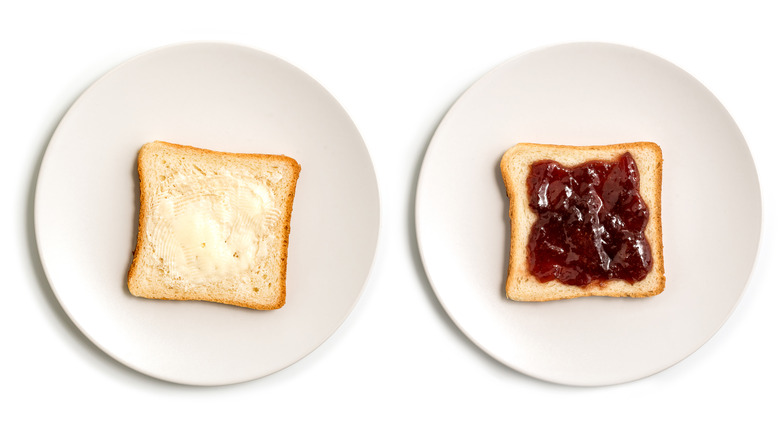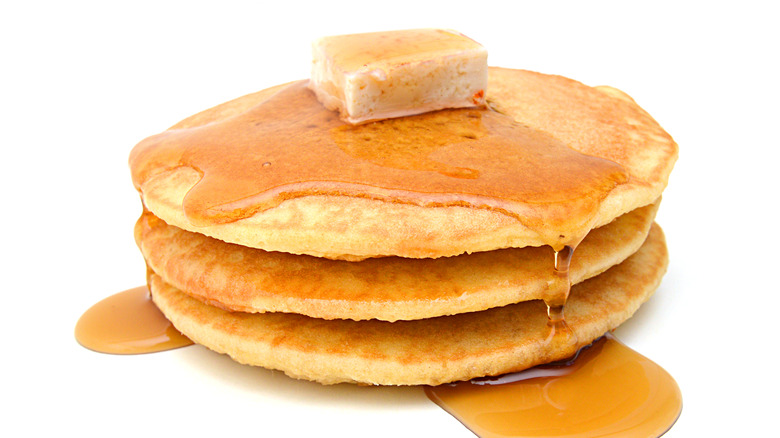7 Things You Should Eat For Breakfast And 7 You Should Always Avoid
Eat low-fat; wait, no, eat low-carb. Breakfast is the most important meal of the day; wait, no, skip breakfast — intermittent fasting is the only way to go. Butter is awful for your heart; eat margarine instead. Wait, no! Margarine is even worse for you. Is green juice healthy or horrible? Can you have coffee or not?
Keeping up with current food trends can be exhausting and overwhelming, especially first thing in the morning. But don't despair! At the end of the day, no matter what the trends say, the tenets of food science are the best way to guide your choices for breakfast, lunch, and dinner. So stop following the trends, and focus on the research. (It's easier than you think!)
We've done the dirty work for you and scoured studies and expert recommendations. The result? We've hand-selected the very best (and very worst) ways to start your day. Have a look to discover our favorite healthy breakfast ideas (and the worst unhealthy breakfast offenders) to pick the one that you most want to wake up to.
Eat: Eggs
Scrambled or poached, in an omelet or fried, eggs have long been a breakfast favorite — and for good reason. Eggs aren't just rich in protein and healthy fats, but they're also high in choline, a compound essential for the production of acetylcholine, which contributes to memory, mood, and muscle control (via Healthline). Holy brain food, Batman!
Eggs are also a popular breakfast choice due to their richness in protein, which keeps you full all morning long. Add to that the fact that they're easy to cook (especially if you follow these tips) – scrambled, in a breakfast casserole, or shakshuka style — and that research shows that those who eat eggs for breakfast lose 65 percent more weight than those who eat quick carbs like a bagel, and eggs emerge as one of the top breakfast choices ... especially the morning after. Research shows that the cysteine in eggs can help counteract the toxic effects of cetaldehyde, the chemical produced by the body as it metabolizes alcohol. So stock your fridge with eggs before hitting the bar — you're gonna need 'em!
Eat: Oatmeal with fruit and nuts or nut butter
Rich in fiber and beta-glucans, whole grain oatmeal has long been a breakfast favorite, clinically proven to lower cholesterol and improve weight management in people with type-2 diabetes. But you can actually push the power of oatmeal to the next level by pairing it with other foods, like antioxidant-rich berries and healthy fat-rich nuts or nut butter, making oatmeal a complete and balanced meal.
Fat and protein, according to Eat This, Not That!, are two macronutrients that keep you full long after you've eaten — and two macronutrients that oatmeal is unfortunately quite poor in all on its own. The addition of nut butter keeps you fuller longer, and adding sweetness in the form of fiber-rich fruit will keep your blood sugar from spiking as much as it would if you were adding a purer sugar source like maple syrup or honey.
Eat: Bananas with peanut butter
If you like the idea of a slightly sweet breakfast with protein for staying power, but you also know you just don't have time to make a hot meal before you're out the door, a simple combo of a banana and nut butter might be just the ticket. According to the USDA, bananas boast high levels of potassium, fiber, and vitamins B and C; and while they're relatively high in sugar as compared to many other fruits, when paired with protein and fat, they exhibit far more staying power, keeping you fuller longer.
Additionally, nut butters are loaded with healthy fats, vitamins, and minerals, according to WebMD. Plus, each nut offers a different range of nutrients, so it can be fun to change them up! Just keep an eye on their sugar content, which in some brands can yank this food out of the healthy category in an instant.
To make your breakfast even more exciting, consider sprinkling the nut butter with antioxidant-rich, anti-inflammatory cinnamon, which will add even more flavor and nutrients to your breakfast.
Eat: A breakfast salad
A salad ... for breakfast? Admittedly, this might sound like a weird one, but hear us out! There's no real reason why we can conceive of some foods — like bacon, eggs, and sausage — as breakfast foods but others — like salad — as a strange choice for the morning meal. And the Whole30 Program, an on-trend anti-inflammatory protocol similar to the paleo diet, is all about the breakfast salad.
Since Whole30ers a) have to eat breakfast, as part of the program, and b) due to the limited foods allowed on the program are pretty much stuck with eggs for 30 days straight, a salad, particularly one that's easy to make, thanks to its use of leftovers, starts to look like a lovely way to start the day. A simple Cobb salad feels a bit more familiar, thanks to the presence of both bacon and eggs, while a tomato and cucumber salad is super refreshing on a hot day. Avocado and corn join tomatoes in this fresh salad made with loads of summer produce.
More adventurous breakfasters might like an omega-3 rich tuna-based Niçoise salad or a sweet-and-savory salad made with fresh strawberries.
Eat: Sweet potatoes
Yet another breakfast option that might seem a bit odd at first is the humble sweet potato. But this bright orange root veggie is actually the perfect choice to get your morning off to a phenomenal start. Sweet potatoes are packed with nutrients like B vitamins, vitamin C, and beta-carotene (a precursor to vitamin A), not to mention minerals iron, calcium, and selenium (via the BBC).
More traditional breakfast recipes that feature regular potatoes are easy ways to bring sweet potatoes into your morning routine. Consider using sweet potatoes to make a hash or home fries to serve with eggs or roasting them and folding them into an omelet. Or try more modern approaches, like a sweet potato porridge (grain-free and perfect for a paleo diet) or sweet potato "toast," made by broiling or grilling thin slices of sweet potato and piling them high with mashed avocado, guacamole, or — you guessed it — more nut butter!
Eat: Natto
According to Healthline, natto is a dish of fermented soybeans that might be hard to stomach for some who've never tried it, but the Japanese breakfast fave is an incredible source of a healthy bacteria B. subtilis; this microbe helps create the ideal conditions for the growth of probiotics to improve digestion, brain function, and even immune response. It's also rich in protein and minerals like manganese, iron, copper, vitamin K, and magnesium. So look past the slightly slimy texture and funky aroma, and give natto a try.
Traditionally, natto is served with white rice and topped with chopped scallions. It also goes nicely with a topping of poached or fried egg. But once you get the hang of serving natto, you can also add other ingredients to the mix, like toasted sesame seeds for nutty crunch or even diced creamy avocado, which adds loads of fiber and healthy fats to your morning routine.
Eat: Nothing
"Breakfast is the most important meal of the day." We've all heard this truism, but for some, the complete opposite is true. Many on-trend eating protocols from keto to paleo vouch for the benefits of intermittent fasting (per Healthline). The idea behind the habit is simple: proponents of it claim that the human body evolved to do most of our eating in a short window, and they point to studies purporting that restricting eating to an eight-hour window each day reduces inflammation in the body.
With all eating confined to eight hours, one of the daily meals has to go, and for most people the easiest one to skip is breakfast, since most of your fast would therefore take place while you're asleep. If you finish eating dinner, say, at 8pm, you wouldn't break your fast until noon: lunchtime. So for these folks, the healthiest thing to eat for breakfast is nothing at all.
Drink: Bulletproof coffee
Some intermittent fasters interpret their fast a bit differently and allow certain foods or drinks to be enjoyed even when fasting. These exceptions to the fast include water, black coffee, plain tea or herbal infusions, and a concoction known as Bulletproof coffee.
Bulletproof coffee is a combination of black coffee with healthy fats like ghee (aka clarified butter, with all of the milk solids removed) and brain octane MCT oil, which is made up of easily digestible medium-chain fats. The mixture is whipped until the fat molecules are suspended in the coffee, making it light and frothy. Most importantly, the combination does not take the body out of ketosis, the sought-after state of burning fat for fuel, which means that intermittent fasters who pair the practice with the keto diet and lifestyle can indulge in the beverage first thing in the morning — even during a fast.
Don't eat: Sugary cereal
Sugary cereal might be a nostalgic morning fave, but in reality, it's one of the worst breakfast culprits out there. What little whole grains some brands like Cheerios may offer does not make up for the fact that these nutrient-void choices are rife with added sugar, doing little more than spiking your blood sugar first thing in the morning, which is sure to leave you hangry an hour later (per Self).
Some breakfast cereals are worse than others, and it doesn't take a food scientist to know which ones: anything featuring marshmallows, a chocolate coating, or visible sugar on the cereal pieces. Additionally, any cereal that looks more like a candy than a breakfast food is probably best left on the shelf. For a list of the worst contenders in this once beloved breakfast food category, check out this list from Eat This, Not That!
Don't eat: Breakfast pastries
Croissants, scones, muffins, even the humble Pop-Tart ... these pastries and more are definitely associated with breakfast, but they're far from the best choices out there. Breakfast baked goods like muffins are usually packed with added fat and sugar, causing the same blood sugar spikes as sugary cereal. And what's more, food "science" myths aren't helping people get a handle on whether having what is essentially cake for breakfast is a good idea or not.
While Israeli researchers did indeed publish work in 2012 seeming to indicate that people could eat chocolate cake for breakfast and still lose weight, the interpretation of the study was widely overgeneralized and misconstrued. "If you go back and look at the details of the original study, the researchers found that eating a larger breakfast, including some desserts if desired, is better than eating larger meals throughout the day," dietitian Melanie McGrice told Honey Coach. "That doesn't mean that you can just replace your whole breakfast with chocolate cake!"
The same holds for breakfast pastries, which despite having breakfast in the name are far from the best morning choices.
Don't eat: Flavored yogurt
According to the Cleveland Clinic, plain yogurt is indeed a good breakfast option, jam-packed with calcium, probiotics for gut health, and especially in the case of Greek yogurt, a good amount of protein. However, flavored yogurt is often so packed with sugar that the health benefits are far outweighed by the downsides, turning what looks like a healthy breakfast into something that has a far closer nutritional profile to a dessert like ice cream.
Of course, not all brands are created alike. Some yogurt brands are even worse than others, with offerings from well-known brands like So Delicious, Trader Joe's and even Activia containing more sugar than candy (via Chron).
If you love your breakfast yogurt, opt instead for a no-sugar-added plain Greek yogurt and add fresh berries for sweetness. The fiber from the berries will keep your blood sugar from spiking, transforming the option from a breakfast no-no into a far healthier choice.
Don't drink: Green juice
Green juice was all the rage a few years ago, but its popularity has petered, and for good reason. Juicing vegetables — and especially fruits — removes their fiber and thus makes them more likely to spike your blood sugar, as noted by Baptist Health.
Fiber is an essential macronutrient that aids in the promotion of good gut health, which has been linked to improved brain health, too! And as Vox pointed out, 95% of Americans don't get enough of it. Eating whole fruits and veggies is the smarter decision, then, for more reasons than one.
The only time experts say juicing may be beneficial? If you wouldn't eat the fruits and veggies on their own, says the Mayo Clinic. But make an effort — there are so many delicious ways to eat (not drink!) your five a day from air-fried zucchini chips to roasted Brussels sprouts to honey-glazed carrots. Enjoy some fruit as a snack, and there's your produce for the day done!
Don't drink: Frappuccinos
There's nothing wrong with a cup of coffee first thing in the morning. In fact, coffee contains healthy antioxidants, and drinking black coffee has been linked to a host of benefits including an improved ability to metabolize sugar and reduced risk of developing Parkinson's disease and heart failure (via Johns Hopkins Medicine).
But once you start adding stuff to your coffee, its benefits dwindle significantly. And sugar and cream are just the beginning.
To that end, Starbucks Frappuccinos may be marketed as coffee, but they're truly little more than a coffee-spiked milkshake. To wit, different Frappuccino flavors feature as the top four unhealthiest options at Starbucks, according to Insider. The worst offender? The Cinnamon Roll Frappuccino, with a whopping 85 grams of sugar and 510 calories in a grande. That's more sugar than in three Snickers bars. And if you wouldn't eat three Snickers bars for breakfast, you can say no to this "coffee" beverage first thing in the morning, too.
Don't eat: Granola bars
The granola bar industry is perhaps the world's most talented at framing something that is essentially a candy bar as a healthy breakfast or trail snack. While the idea of granola — a combo of whole grains like oats or buckwheat combined with protein-dense nuts and antioxidant-rich dried fruit — is indeed healthy, the reality is that most granola bar brands contain far more sugar than a healthy breakfast really needs, often in the form of cane sugar or high-fructose corn syrup instead of fiber-rich fruit. For example, Kellogg's Nutri-Grain Harvest granola bars can contain up to 15 grams of sugar per serving, with just one to two grams of fiber to balance it out. (As a point of comparison, Health Warrior Chia Bars contain just three grams of sugar per serving and five grams of fiber, making them a far healthier option.)
The bottom line? If you're opting for a granola bar for breakfast, do your research to find one that uses whole ingredients and keeps added sugar to a minimum.
Don't eat: White toast with jam and margarine
While some demonize all carbs, we're not about that noise. We will say, however, that some carbs are better than others, and that classic white sandwich bread you grew up with has been so stripped of nutrients that it's basically devoid of any goodness at all. "When a grain is refined, such as in the making of flour for white bread, the outermost and innermost layers of the grain are removed. This removes the fiber and some (25 percent) protein, leaving behind the starch," Erin Palinski-Wade, RD, author of "Belly Fat Diet For Dummies," tells Everyday Health. "Since it's low in the fiber and protein that helps to slow digestion, white bread is digested and absorbed rapidly. This leads to blood sugar's rising quickly."
Pairing white bread with classic toppings like margarine and jam takes this breakfast choice from bad to worse. Despite its fruity flavor, jam is basically just a sugar spread. And while margarine rose in popularity in the '70s due to its reduced saturated fat content, many of these spreads contain inflammatory trans fats that are quite bad for your health. In 2014, Time published a cover story finally divesting butter of its bad reputation for good and relegating margarine (we hope!) to the past.
Don't eat Pancakes with artificial maple syrup
Many of the problems that plague the breakfast choice of white toast with margarine and jam are also problematic in the case of a Sunday morning fave: pancakes topped with maple syrup. Pancakes are calorie-dense and nutrient poor, thanks to the presence of white flour and white sugar, so there's not much there to make them a nutritious breakfast (per Livestrong). Topping them with maple syrup takes them from bad to worse, thanks to the added sugar.
Real maple syrup does indeed contain some trace minerals, like manganese, as noted by Healthline. But let's be real: despite the minerals, maple syrup really is pretty much just ... pure sugar. At least it's better than that fake "maple" syrup, made not from maple sap but high-fructose corn syrup, which research has shown is even worse than sugar alone!
No matter how you approach it, though, this classic may be a nostalgic breakfast treat, but it's far from the healthiest choice.
